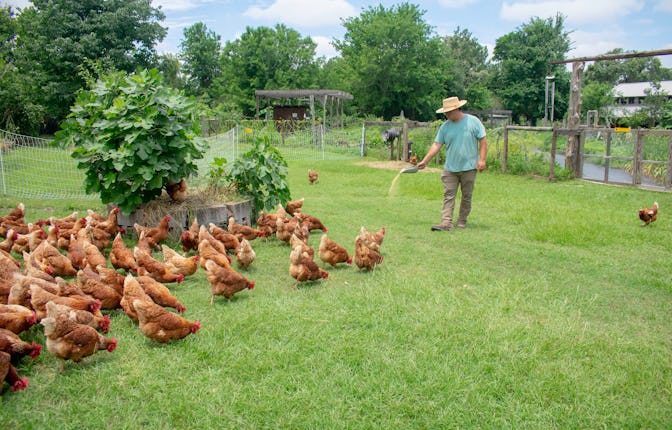First Human Death from Bird Flu Reported — But WHO Says Not To Panic (Yet)
Exploring the implications of the first reported human death from H5N1 bird flu in the United States

The recent death of a Louisiana resident due to the H5N1 bird flu virus marks the first confirmed human fatality linked to bird flu in the country. The patient, who was over 65 years old and had underlying health conditions, contracted the virus after exposure to non-commercial backyard flocks and wild birds. Still, experts are worried. This tragic event underscores the ongoing risks associated with zoonotic diseases, which can jump from animals to humans.
The Patient's Journey
The individual became severely ill in December 2022 and was subsequently hospitalized. Despite medical intervention, they succumbed to the infection, prompting health officials to investigate the circumstances surrounding this case. According to reports, there is no evidence suggesting that H5N1 can be transmitted from person to person, which is a critical factor in assessing public health risks.
The World Health Organization (WHO) has reassured the public that the risk of H5N1 infection for the general population remains low. This assessment is based on extensive research and monitoring of avian influenza viruses. The Centers for Disease Control and Prevention (CDC) also echoed this sentiment, emphasizing that while H5N1 poses a serious threat to birds and poultry, human infections are rare.
In fact, since 1997 when H5N1 was first identified in humans in Hong Kong, there have been only a handful of cases reported globally. According to WHO data, as of early 2023, there have been approximately 860 confirmed human cases worldwide with a high mortality rate among those infected.
Public Health Measures
In response to this incident, health authorities are ramping up surveillance efforts among poultry populations and educating communities about safe practices when interacting with birds. The CDC recommends that individuals avoid contact with sick or dead birds and ensure proper cooking of poultry products to mitigate any potential risk.
Additionally, public health officials are monitoring wild bird populations closely as they can act as reservoirs for various strains of avian influenza. The U.S. Department of Agriculture (USDA) has implemented measures aimed at preventing outbreaks among domestic flocks by promoting biosecurity practices on farms.
Implications for Future Outbreaks
The occurrence of this death serves as a reminder of the importance of vigilance regarding zoonotic diseases. With climate change and increasing human-animal interactions, experts warn that such events may become more common. The CDC continues to emphasize preparedness and rapid response strategies should more cases arise.